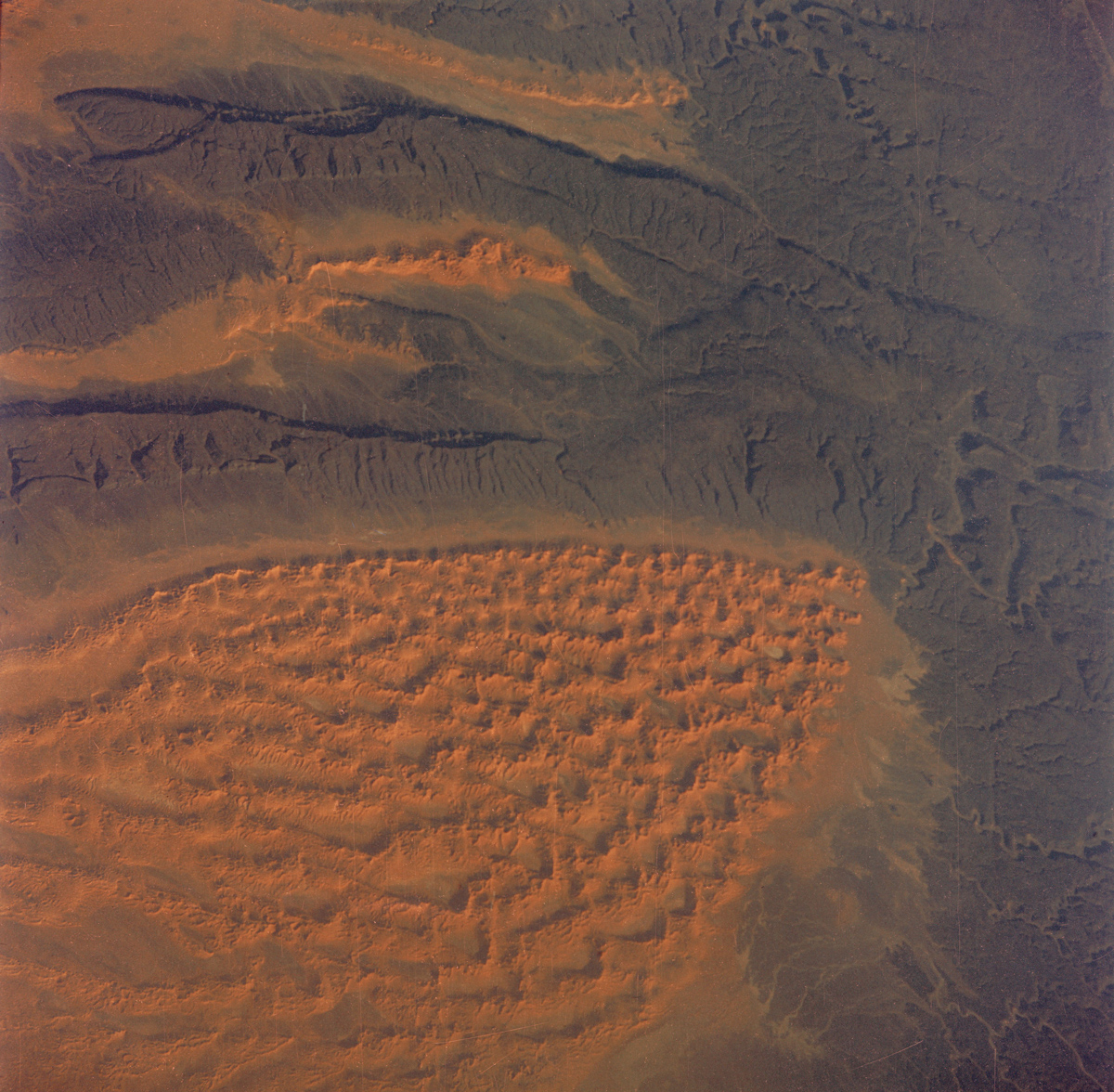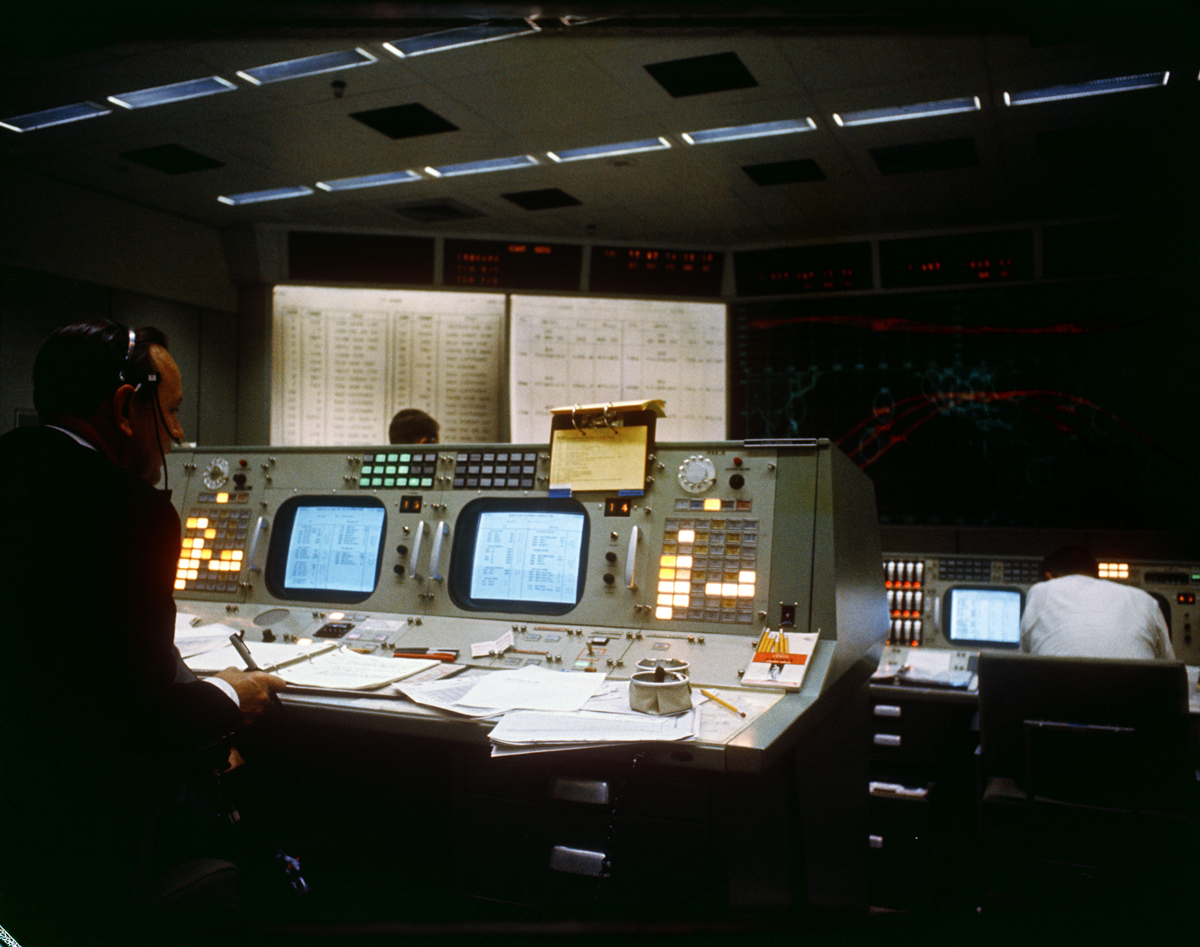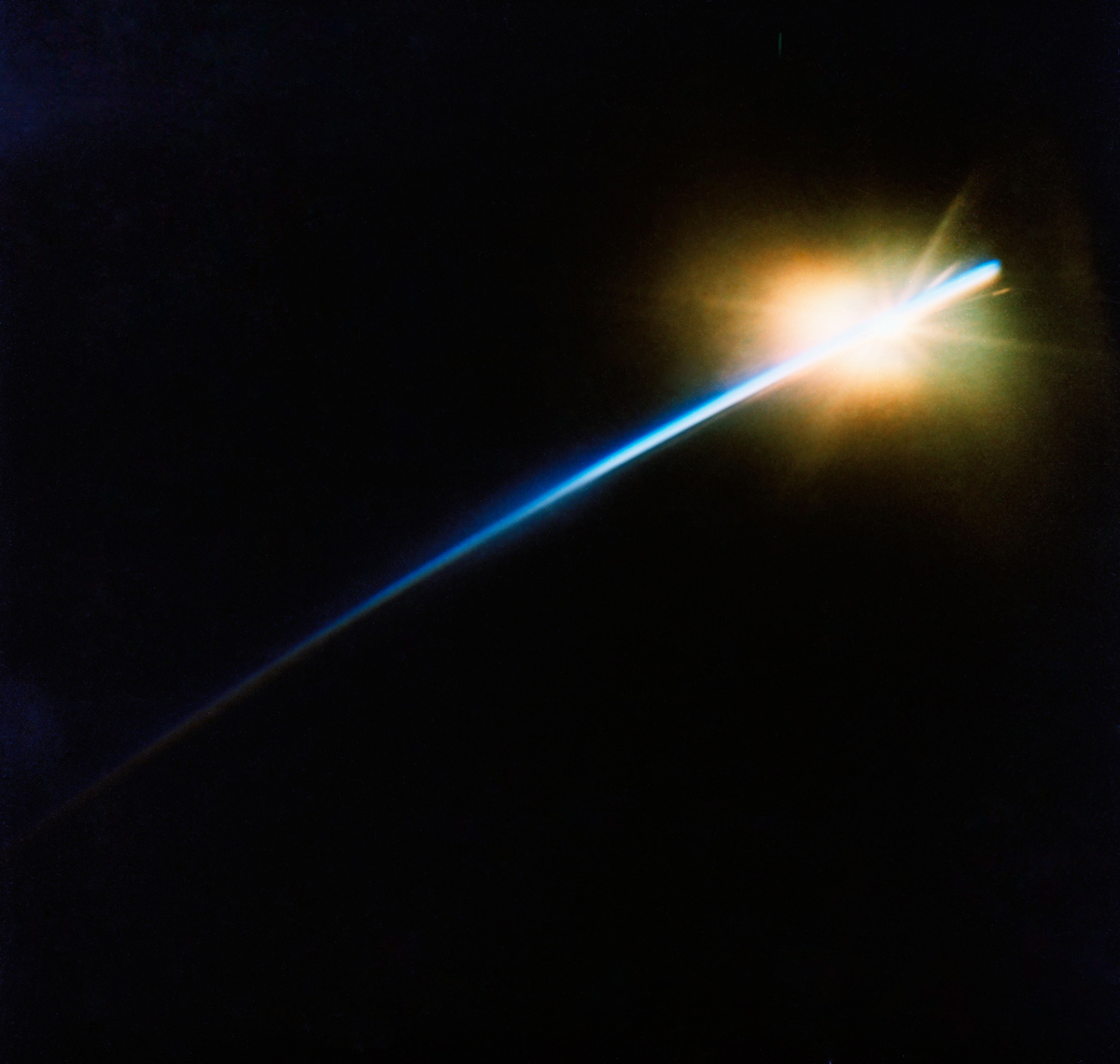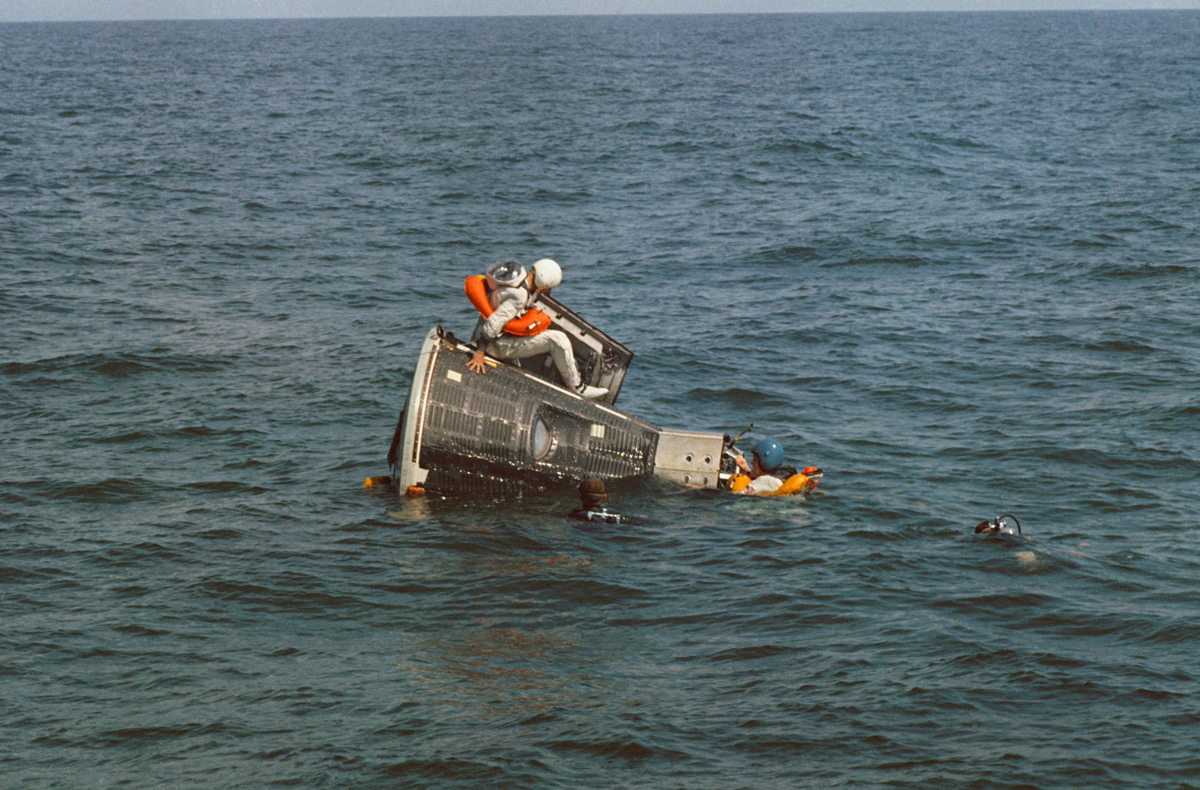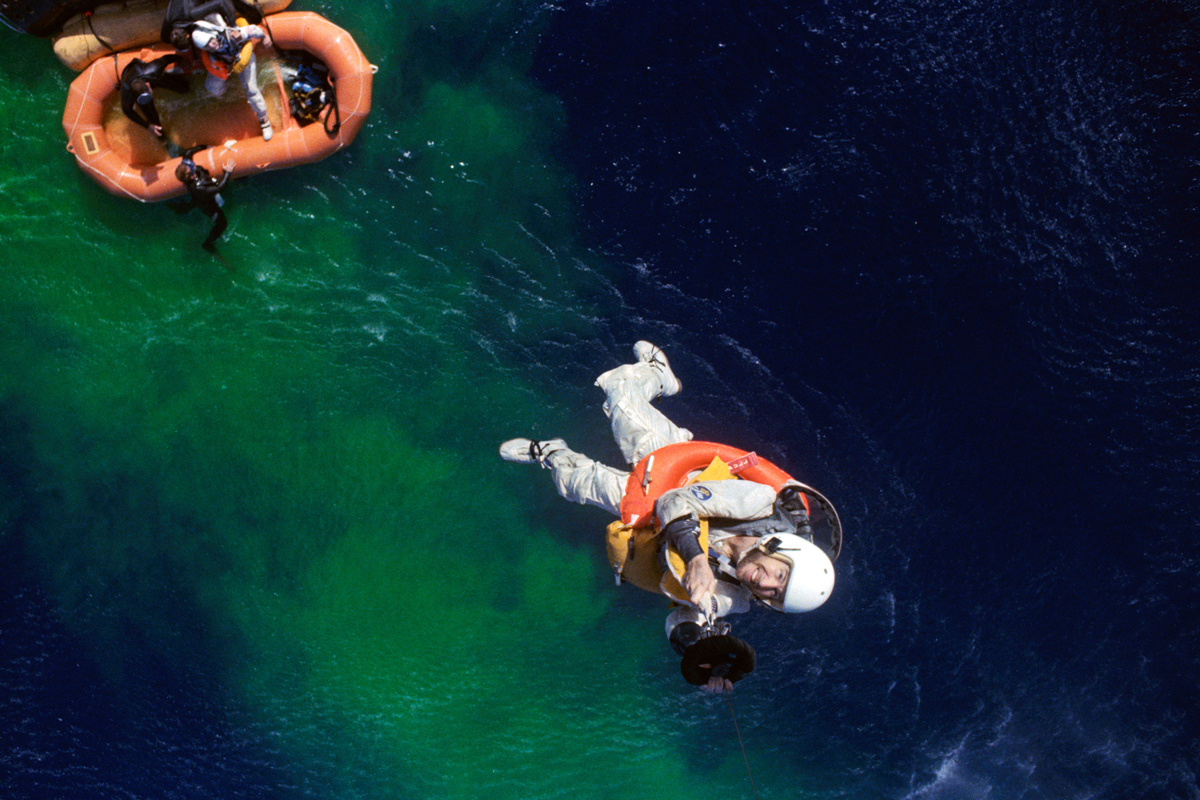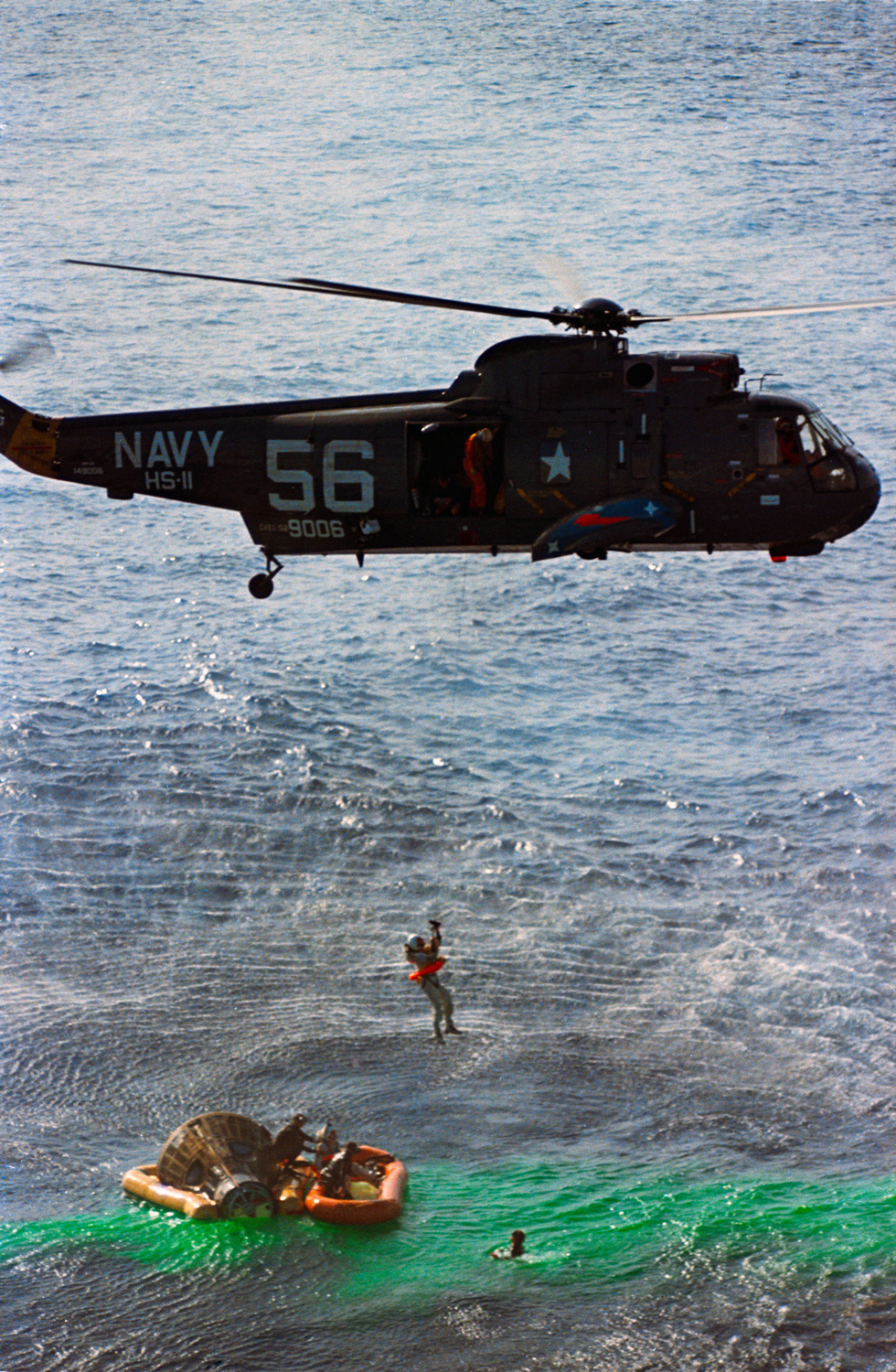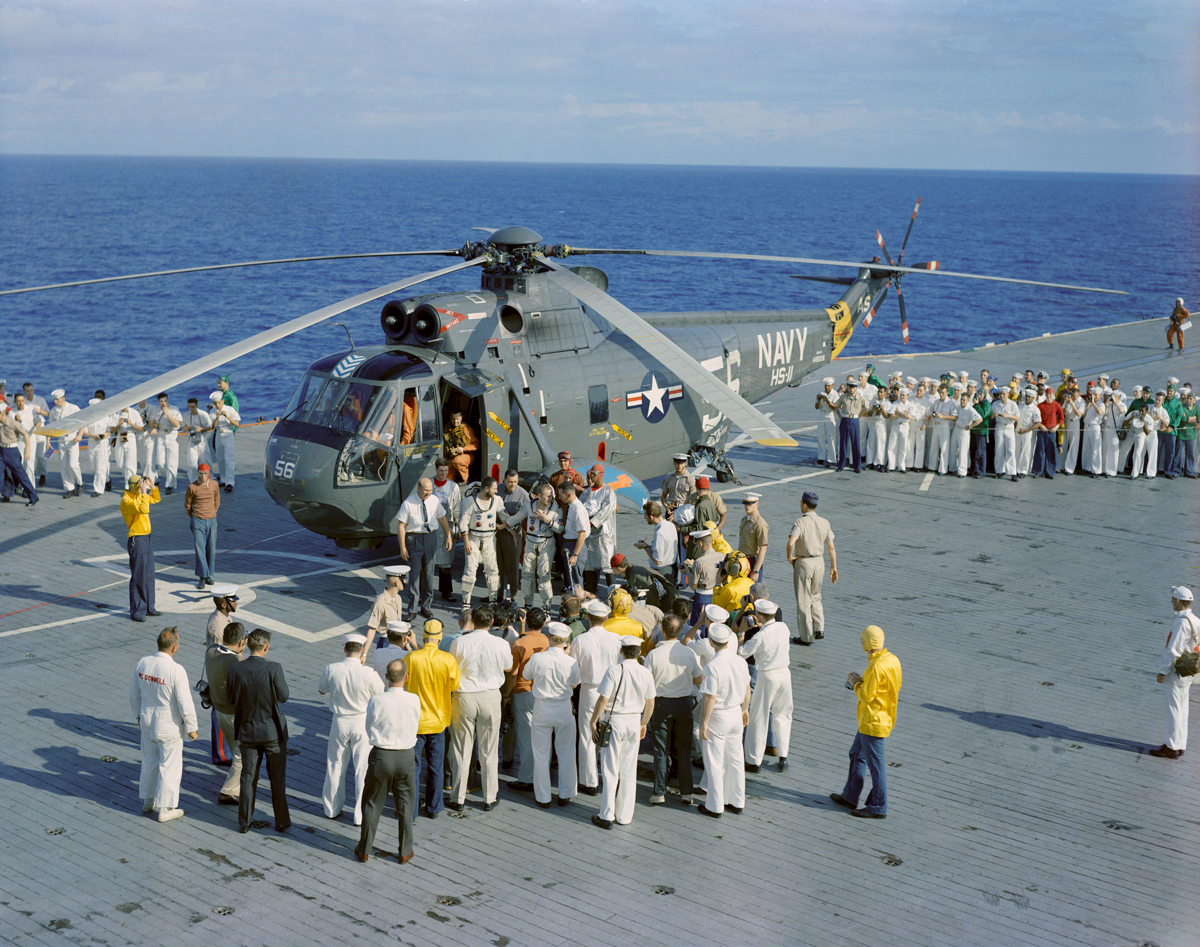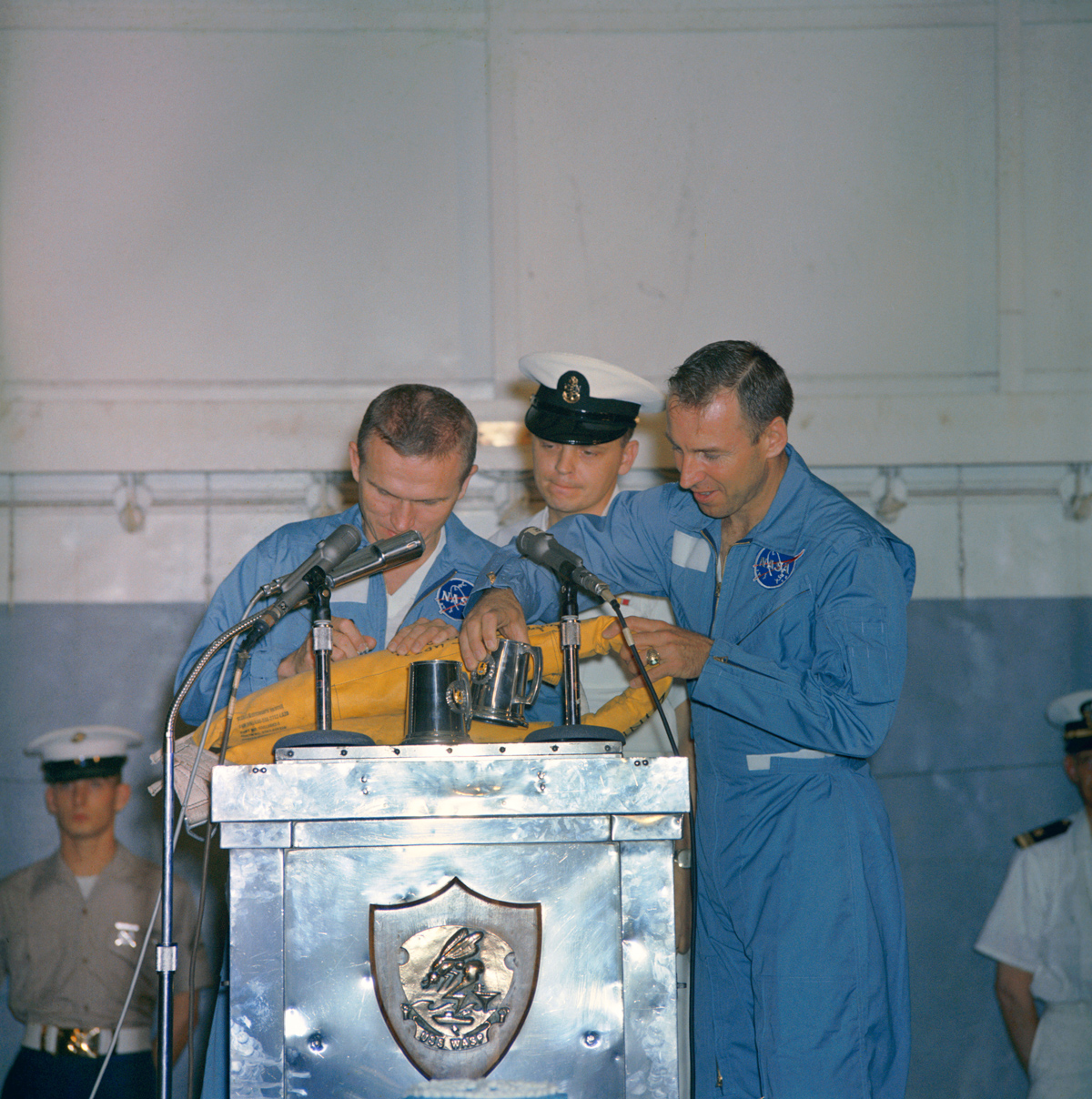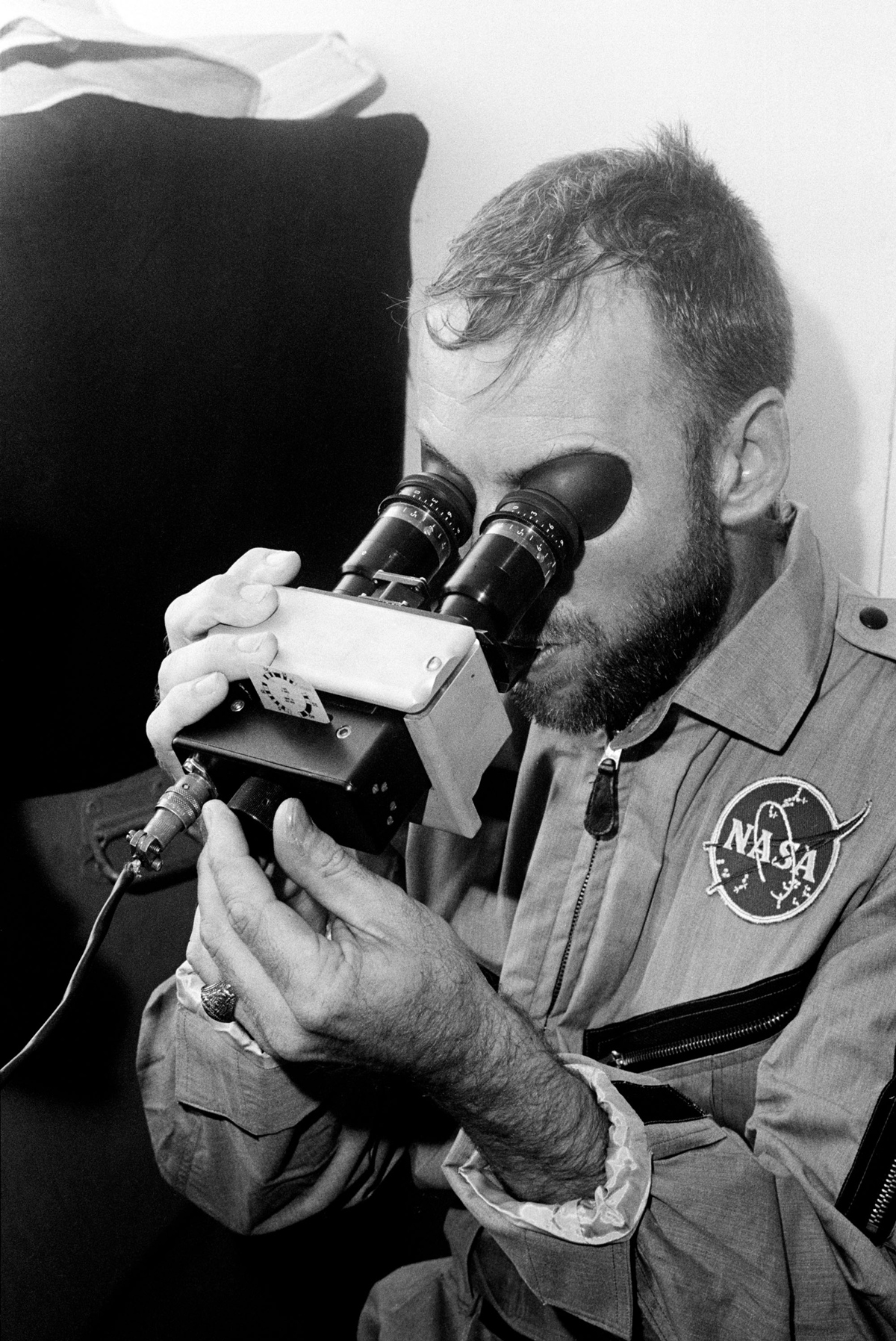In Photos: Gemini 7 Makes 1st Crewed Rendezvous with Gemini 6A
Orange Sands in Algeria
During Gemini 7's 13th circuit around Earth, this image of the Tifermine Sand Dunes south of the Fort Flatters area of Algeria with its orange sand dunes reaching 1,000 feet high.
Mission Control
During the 14-day Gemini 7 mission, Christopher C. Kraft, Jr., assistant flight director for Flight Operations, observes his console.
Sunrise and Earth's Limb
From the perspective of astronauts Frank Borman and Jim Lovell aboard Gemini 7 spacecraft, sunrise and Earth's limb.
Water Training
On Oct. 15, 1965, astronaut Jim Lovell sits on the Gemini spacecraft Static Test Article during water exit training. At the nose of the craft, astronaut Frank Borman floats in the Gulf of Mexico.
Up and Away
A recovery helicopter from the recovery vessel, the USS Wasp, lifts astronaut Jim Lovell pilot NASA's Gemini 7 mission, from the Atlantic ocean after splashdown.
Back Home
On Dec. 18, 1965, a recovery helicopter for the Aircraft Carrier USS Wasp lifts the Gemini 7 crew to safety from the raft after splashdown.
To the Ship
Astronaut Frank Borman, the Gemini 7 command pilot is raised from the ocean into the recovery helicopter by a U.S. Coast Guard team during water egress training.
Breaking space news, the latest updates on rocket launches, skywatching events and more!
Onboard the USS Wasp
The Gemini 7 crew arrive on the USS Wasp following a successful 14-day mission orbit Earth. Aboard the aircraft carrier, the duo will participate in postflight medical and technical debriefings.
Welcoming Ceremonies
On Dec. 18, 1965, Gemini 7 crewmembers Frank Borman, left and Jim Lovell autograph a life preserver during welcoming ceremonies aboard the USS Wasp.
Postflight Physicals
Following the Gemini 7 splashdown, astronaut Jim Lovell takes part in an eye examination aboard the recovery ship, the USS Wasp.
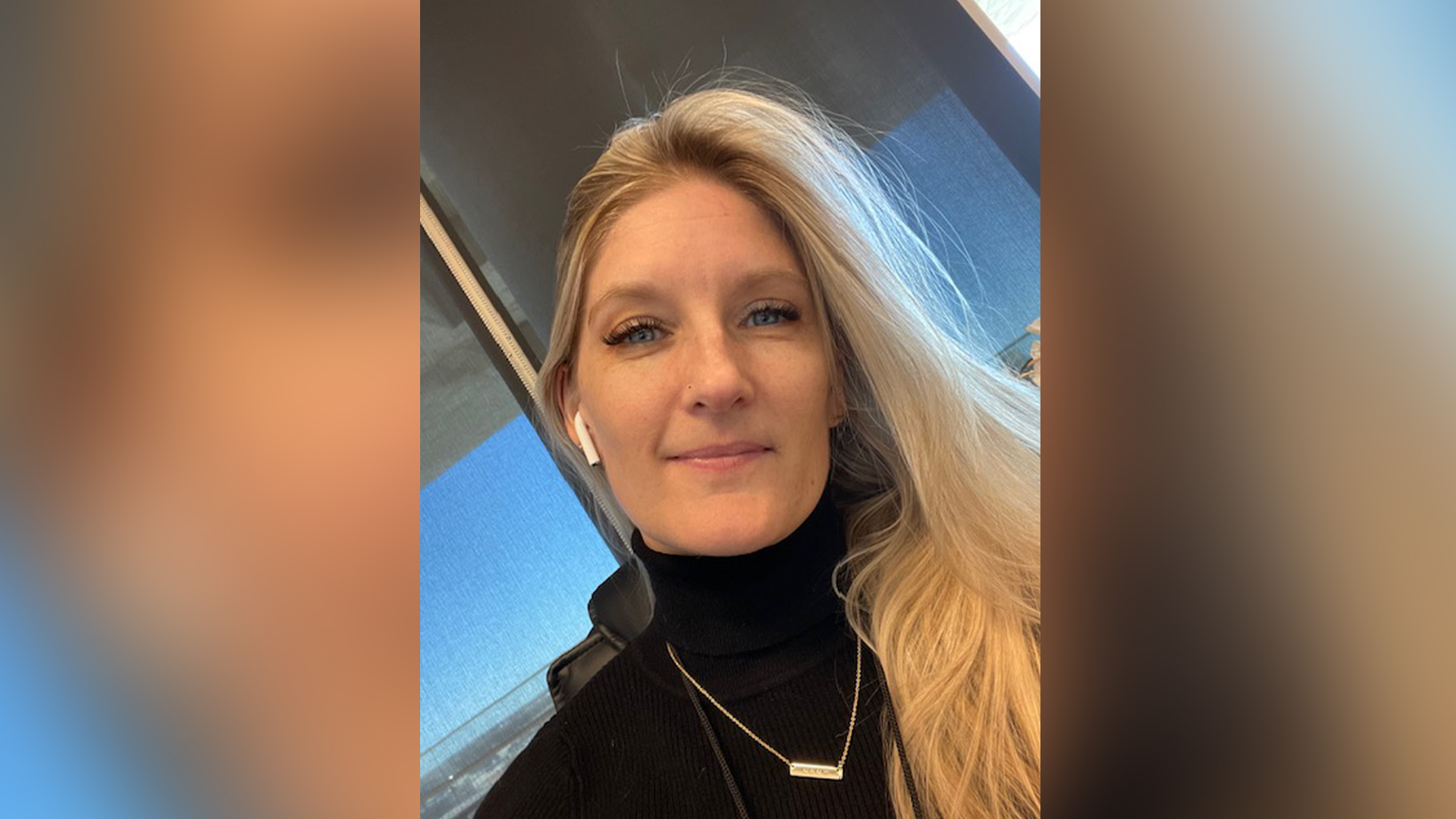
Christine Lunsford joined the Space.com team in 2010 as a freelance producer and later became a contributing writer, covering astrophotography images, astronomy photos and amazing space galleries and more. During her more than 10 years with Space.com, oversaw the site's monthly skywatching updates and produced overnight features and stories on the latest space discoveries. She enjoys learning about subjects of all kinds.
